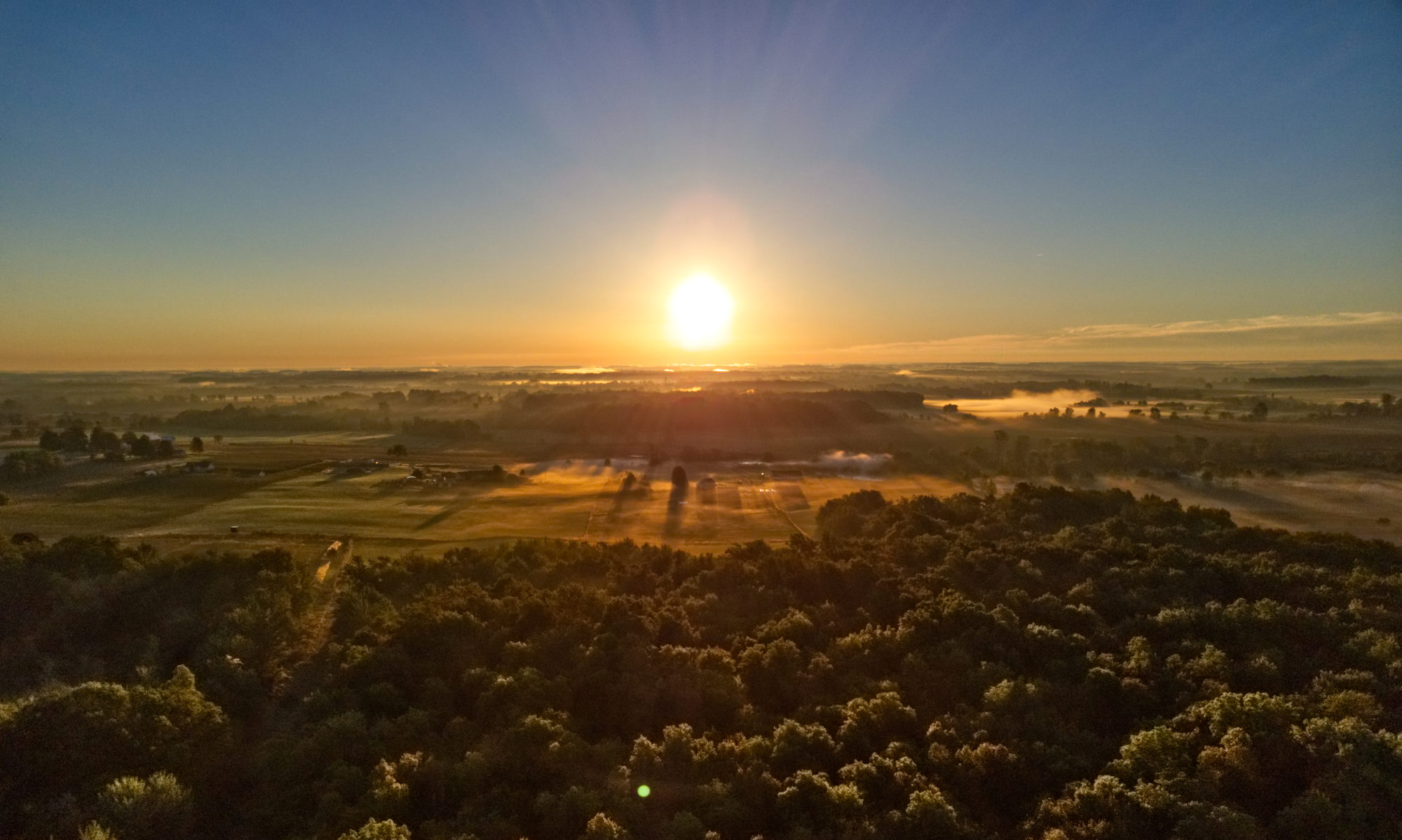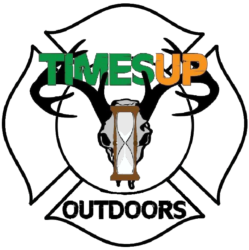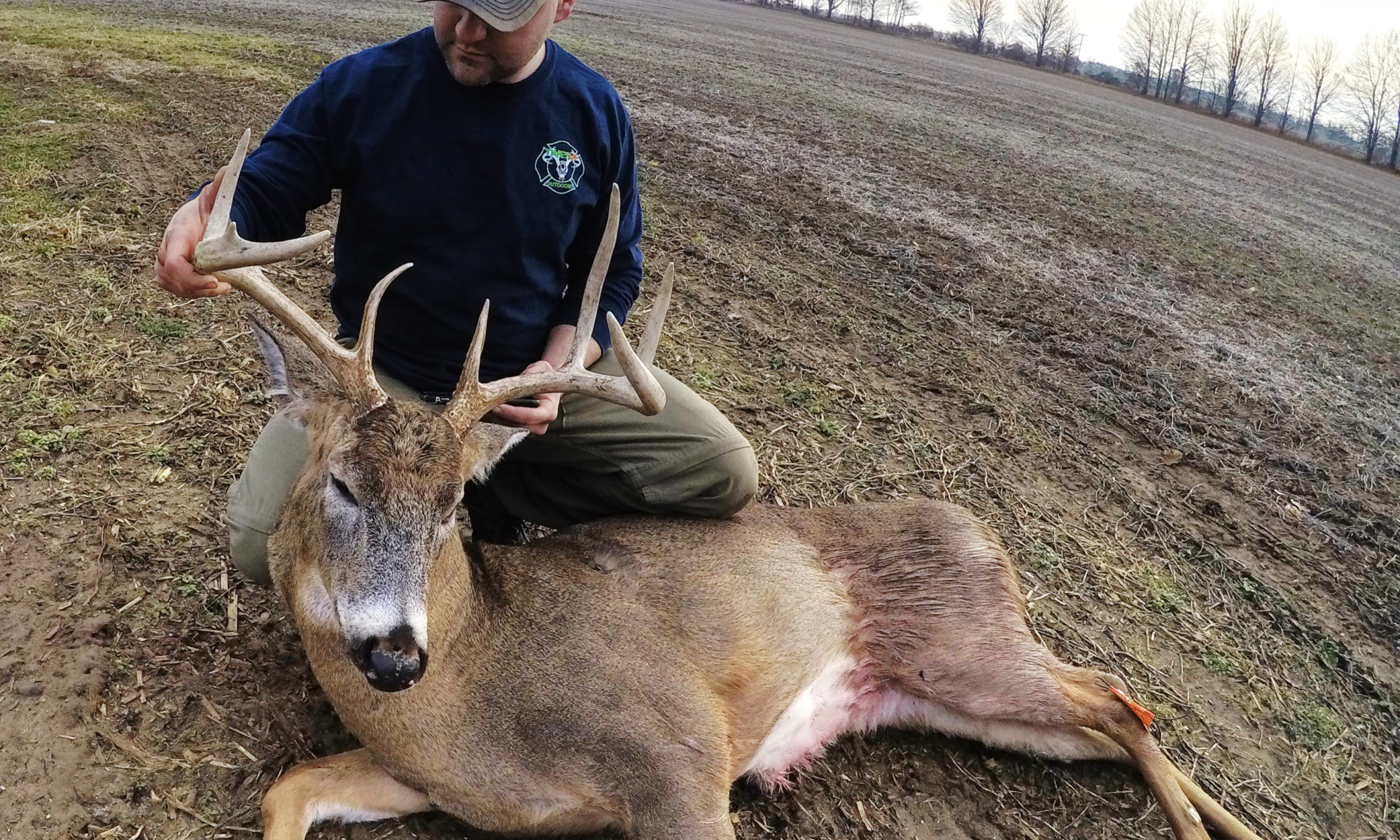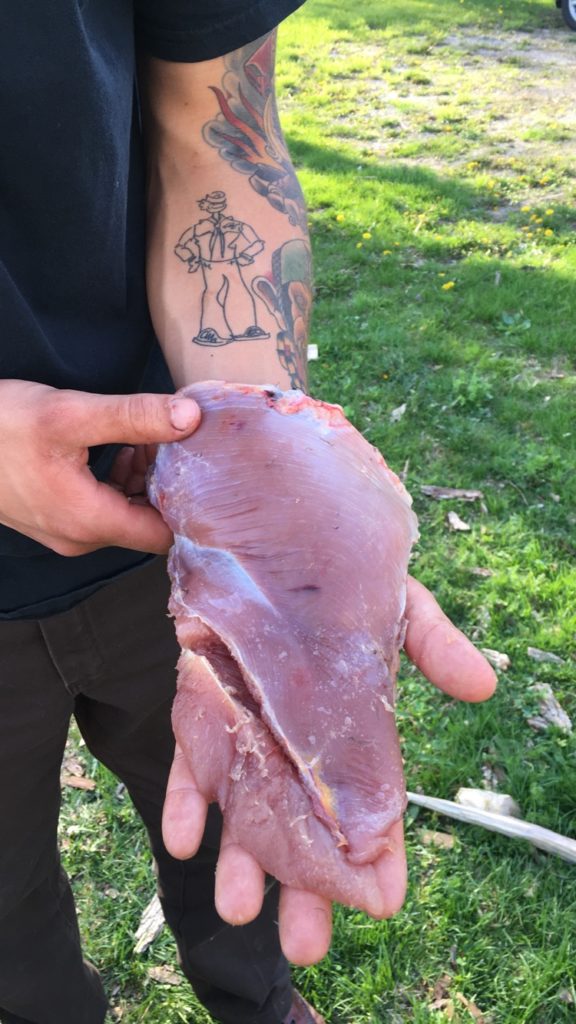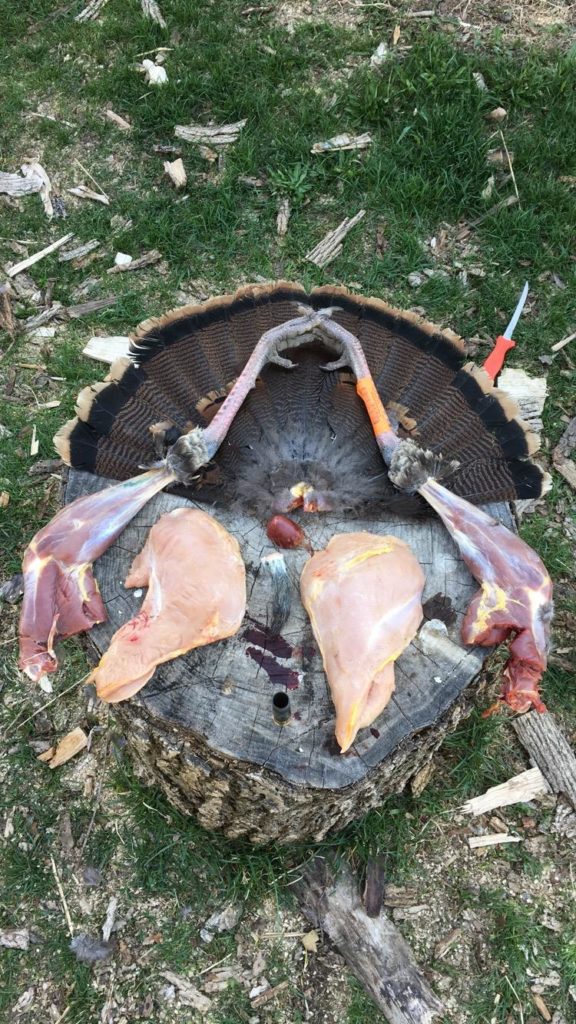So I will start off by saying, if you are a Michigan buck hunter like myself, I applaud you. Statistically speaking, we are a dying breed. The number of deer harvest tags sold in our great state, seems to be dropping yearly. We have seen a 21% drop in the past 10 years. But that isn’t what this article is about.
I am currently a 34 year old Michigander, born and raised. I don’t actually remember how old I was the first time my dad took me into the deer woods, but lets say it was 25 years ago, and I haven’t missed a season since. I am most certainly not an expert, however I do feel like I have a decent grasp on the ins and the outs. Or at the very least, the basics. There are few who know less than me, and many who know more. I am average. At the very least, I can say that I have been doing this long enough to know how it feels to struggle, in regards to mature whitetail bucks.
Out of everything I know about deer hunting in Michigan, I think the thing that stands out the most to me is that it is a challenge. Not that it isn’t a challenge everywhere else. However I do think that Michigan is unique in the level of that challenge. I am sure there are other places like it. But I have never hunted (deer) outside of my home state.
Now, I am talking specifically about hunting mature bucks. Hunting deer in general in our state, while still challenging, is almost 100% attainable with a little bit of knowledge and patience. Especially in the southern portion of lower MI. Even before I really took the time to learn more about this game of chess, I was successful at harvesting a deer, almost 100% of the time. Most people I know, can say the same. Michigan has a very high deer density. We are lucky in that regard. I understand that not everyone cares about hunting big antlered deer. I get that everyone is entitled to their own hunt. And I would never knock you for shooting something I would pass on(at this point in my life). I will congratulate you and probably give you a high five(do people still do that?).
But this is for those of us who are after those mature Michigan bucks, the ones we lose sleep over. The ones that haunt our dreams. The ones that are talked about at the local restaurant over coffee. The rumors about that “monster buck” so and so has on his trail camera. Or your buddies cousin who laid eyes on one so big he could see the rack from 500 yards with the naked eye. The ones that you yourself finally figured out how to get on your own trail camera (that make your jaw drop)….but have yet to see it in day light. Thats what I am talking about here.
Michigan is home to some big whitetail bucks. We have even held world records. The former largest 8 point was taken in Hillsdale County in 2001 measuring 180(and some change). In 1976 a man named Paul Mickey shot a buck that measured 238 2/8s non typical B&C points. A buck measuring 257 2/8s was found dead in Clinton MI in 2010. That buck had 26 score-able points and a 29 inch spread. In 2017 a man broke MI’s state crossbow record with his 12 point that measured 185 2/8s. My buddy Brandon shot a 157ish this season and two smaller, but not by much last year. Times Up Outdoors founder (Niko Tonti) shot a 116 3/8 this year and his father shot a 144 2/8s. 120’s and 130’s have been taken on my fathers property, and Everyone I know who runs trail cameras have at least a couple of toads running around where they hunt. We have all seen the dandy’s posted on pages like Mi buck pole, and we’ve all watched big buck night on Mi out of doors. We know, for a fact, that Michigan is capable of producing trophy whitetail bucks. They are here…….
Yet, when looking at the top ten states for Boone and Crocket entires, we aren’t on it. Why? Most would say Michigan is over pressured. Especially the souther lower. The orange army. In some places it will look like a damn pumpkin patch come first light of gun season opener. All of that pressure would seemingly shut those big ol smart bucks down, and force them to be nocturnal. Not only that, but Michigan, especially below the shotgun line where most of the deer are harvested, is made up of many small farms, rather than vast sprawling properties. Managing the bucks on your 150 acres that is surrounded by several smaller plots can be difficult. For one, you are most likely putting more hunters into a smaller area. And for two, those other property owners might not agree with your passing on yearling bucks. If it’s brown it’s down, so they say. And that’s ok, it is legal and they have every right.
The struggles of the Michigan big buck hunter are shared far and wide. The over pressure most certainly has a bit to do with it. But we all know that our regulations are also making things difficult for us. With our two buck rule, our first one can be any size we care to take. We then still have another tag to maybe hold out for something bigger, or not. Our non resident licenses are much cheaper than those other big buck states also. And I am not even going to start on the changes that came with CWD this year. Michigan also relies on hunter surveys to record our deer harvest, for the most part. That gives us an unreliable record of antlered buck harvest based on age structure. Most states known for bigger deer have mandatory reporting giving them better results, which to me equates to better management. They also have one buck rules. Sometimes even an “earn a buck” program. There is a multitude of ways to better manage a deer herd. And I’m definitely not an expert but it is my opinion that our state does not seem to care to manage our deer herd to support trophy whitetails like states such as Iowa does. I do not think I am alone in having that opinion. But I do think Michigan hunters are starting to make a change by taking management into their own hands.
The amount of monster antlered deer taken in other states, seeming with ease, might cause one to believe that Michigan hunters just aren’t that good. But I think it is the exact opposite. Anyone can spend a few extra dollars and fly or drive down or over to top B&C producing states like Wisconsin, Illinois, Ohio, or Iowa. Find some public land, or private, pay an outfitter, or even DIY it, and have a pretty damn good chance at killing what would make most bucks taken here, look tiny. It would be a challenge. But the chances are much greater than they would be here in the mitten. I am almost not impressed. (I am impressed and jealous). But you get what I am saying. Ive heard it said “Once you hunt in (enter your favorite big buck state), you’ll never want to hunt MI again”. Not true for me. While I would love to go to any number of states to kill one of their trophies, Michigan will always be my number 1 state to chase these big beautiful creatures. Giving up on MI is taking the easy way out. In my opinion. If you can kill a big buck in MI, you can probably do it anywhere else that holds them. I don’t think you can switch that statement around and have it be true for other hunters, from other states. I have been told that in some places, you will see 120 inch and up deer, as often as we in MI are seeing little basket 5 points and fork horns. I passed on 8 of those small bucks this year and had close encounters with 3 big ones that I wanted to harvest. Had those 8 I passed on been close to 120 inches, I would have probably taken the shot. Those odds are looking pretty favorable elsewhere. See what I am saying? Some of you might be reading this thinking “120? Thats not even that big!” Which would further prove my point. Our big deer seem small elsewhere, because bigger deer are taken elsewhere, more often.
If you are like me and want to harvest bigger, older bucks in Michigan, I propose this to you. Challenge yourself. If we all continue to take 1.5 year olds, we won’t have as many opportunities at 2.5 year olds. Challenge yourself to hold out for that next age class. If you normally take 2.5 year olds, hold out for 3.5 or 4.5. It might take a few years to figure it out. But I promise that when it comes together, you will be so very satisfied. So next year, take a few doe’s and pass on those little guys. Let them grow. There are risks involved, and it doesn’t always pay off right away. But it will. And if more of us do that, which I think more of us already are, we will eventually out manage what our DNR seems to want for us.
The Michigan buck hunter is resilient. We are aware that it will take a fight to get our state to listen to us and/or other states regarding deer management. We know we will struggle with passing on yearlings and small bucks, waiting for that mature brute, while running the risk of that same deer being shot by the neighbor. We know that going out and killing a mature buck in this state will take more than good luck(for some). It will take skill, and hours of time spent in the woods. Scouting, planning, and executing everything we have learned about them, in perfect fashion. You simply cannot get away with (in MI) some of the things you can do in other states, and still be successful. We know that we can do everything perfect and still not succeed. It will take sweat and sleeplessness. It will be emotional and exhausting. But when it all comes together, it will be that much sweeter. Don’t give up. Like I said before, if you are a Michigan buck hunter, I applaud you. The Michigan buck hunter is the best buck hunter. (No bias here).

